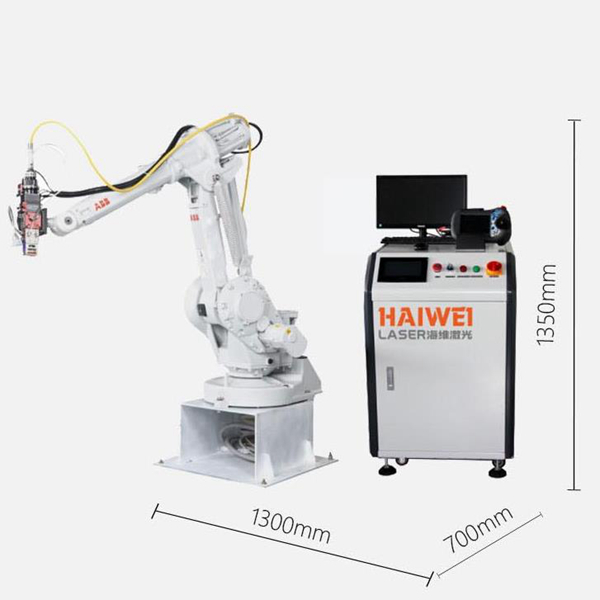Achieving Deep Penetration Welding with Laser Welding Machines
Deep penetration welding, or keyhole welding, is a critical process for joining thick sections of metal with high precision and minimal distortion. Understanding how laser welding machines can achieve this is essential for manufacturers considering investing in laser technology.

1. High Power Density is Key
To perform deep penetration welding, the laser welding machine must generate a high power density at the focal point. This concentrated energy allows the material to reach its vaporization temperature almost instantaneously, creating a "keyhole" filled with ionized gas that absorbs additional laser energy. The deeper the keyhole, the greater the depth of weld penetration.
2. Selection of Appropriate Wavelengths
The wavelength of the laser plays a significant role in determining the absorption characteristics of the material being welded. For instance, fiber lasers operate at around 1 micron wavelength, which is highly absorbed by metals like steel and aluminum, making them ideal for achieving deep penetration welding.
3. Optimizing Focal Spot Size
Adjusting the focal spot size is another crucial factor in achieving effective deep penetration welding. A smaller spot size increases the energy density, promoting deeper penetration. However, it also requires precise control over the alignment and focus distance to ensure consistent results across the weld seam.
4. Managing Shielding Gas
Proper use of shielding gas is vital during deep penetration welding to protect the molten pool from atmospheric contamination. Typically, inert gases such as argon or helium are used. They not only prevent oxidation but also help stabilize the keyhole, allowing for smoother and more controlled welding processes.
5. Monitoring and Control Systems
Advanced laser welding machines come equipped with real-time monitoring and adaptive control systems. These features enable operators to adjust parameters on-the-fly based on feedback from sensors measuring factors like keyhole stability, weld pool dynamics, and heat distribution. Such capabilities enhance the repeatability and quality of deep penetration welds.
Achieving deep penetration welding with a laser welding machine involves optimizing several variables: power density, wavelength selection, focal spot adjustment, shielding gas management, and utilizing sophisticated monitoring systems. By carefully configuring these elements, manufacturers can produce strong, defect-free welds even in thick materials.
Recent Posts
- What are the advantages of laser welding machines in lithium battery pack production lines?
- What issues should be noted when choosing a lithium battery pack production line?
- Quality Inspection and Control of Lithium Battery Module Pack Production Line
- Cell grouping and sorting process in lithium battery module pack production line
- What are the safety hazards of lithium battery pack production lines and how can they be prevented?
INQUIRY

